We all know that the immense force generated during flushing can cause bacteria and microorganisms inside the toilet to splash into the air, eventually spreading across the bathroom. This not only creates an unpleasant environment but also poses a health risk. To address this, some homeowners choose to close the toilet lid while flushing. But does this simple act truly solve the problem? The answer is not as straightforward as it seems, and it remains a debated topic.
Understanding Toilet Flushing Mechanisms
To begin, it’s essential to understand the two main types of toilet flushing systems used in modern bathrooms: gravity flush and siphon flush.

Gravity Flush
Gravity flush toilets feature a relatively simple structure. Water is stored in the tank, and when the flush button is pressed, the water naturally flows into the toilet bowl, using gravity to provide the force needed to remove waste.
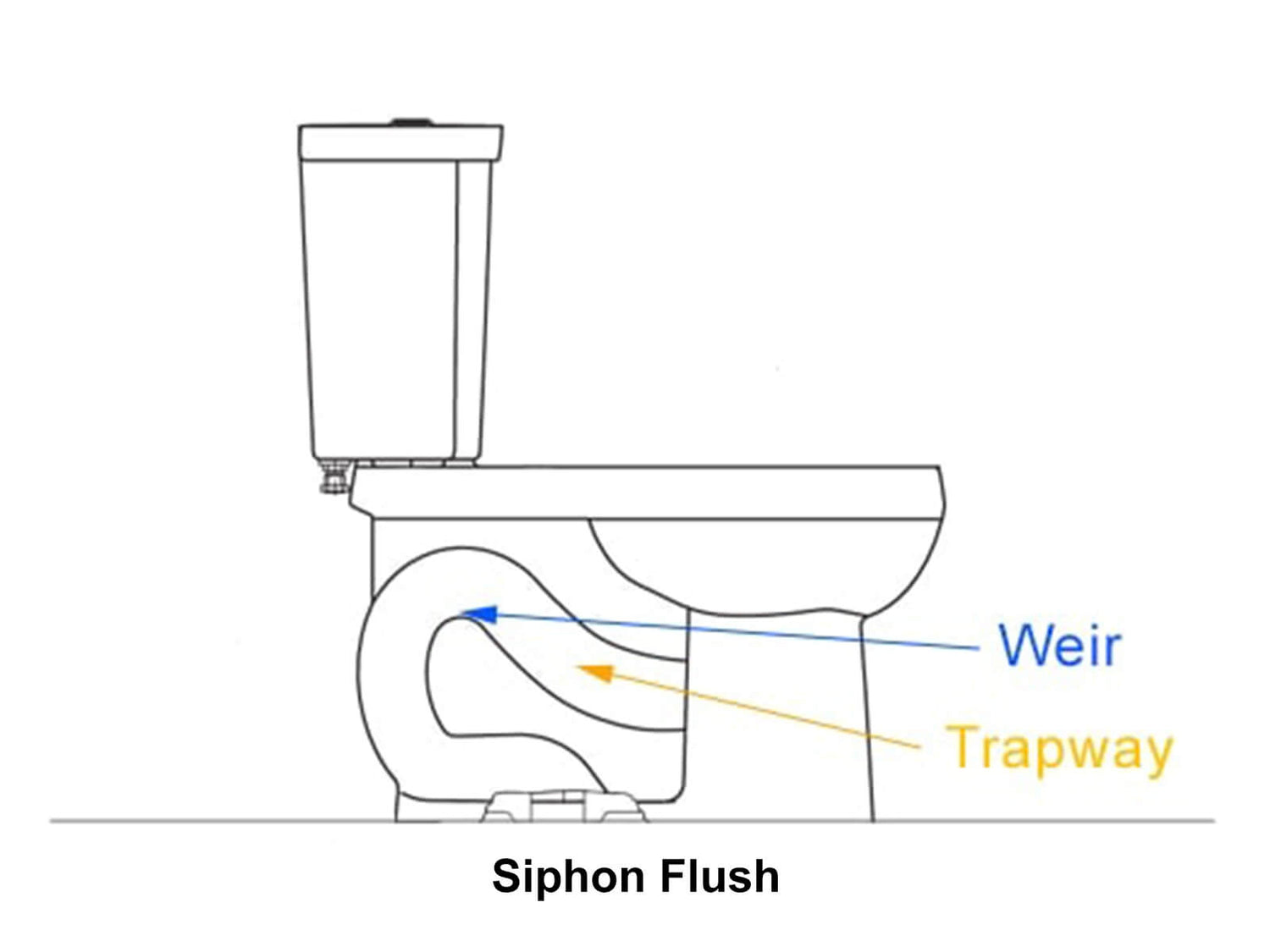
Siphon Flush
On the other hand, siphon flush toilets rely on the physical principle of siphon action. This occurs when liquid in one pipe is drawn into another through suction, causing the liquid to flow automatically through the pipe until the water level balances out.
Further Reading: What is the Siphon in a Toilet
Lid Open or Closed?
The answer to this question depends on the type of flushing system your toilet uses. Research has shown that with gravity flush toilets, although water doesn’t splash out of the bowl during flushing, water droplets do rise and can scatter bacteria across the toilet area, even into the air. As a result, it’s recommended to close the toilet lid when flushing to reduce contamination.
However, siphon flush toilets work differently. A study involving a solution mixed with E. coli bacteria tested bacterial levels with the lid both open and closed, measuring the bacteria count at sampling points placed 25 cm above the toilet. The results revealed that the bacterial count was significantly lower when the lid was open during flushing compared to when the lid was closed.
This difference can be attributed to the siphon effect. The powerful suction during flushing is strong enough to prevent any visible splashing, meaning that bacteria contamination is lower, whether the lid is open or closed. When the lid is closed, however, it restricts airflow, weakening the siphon effect and causing some microorganisms to remain in the air. Therefore, for siphon flush toilets, leaving the lid open during flushing is actually more effective in reducing bacterial spread.
Tips for Reducing Bathroom Health Hazards
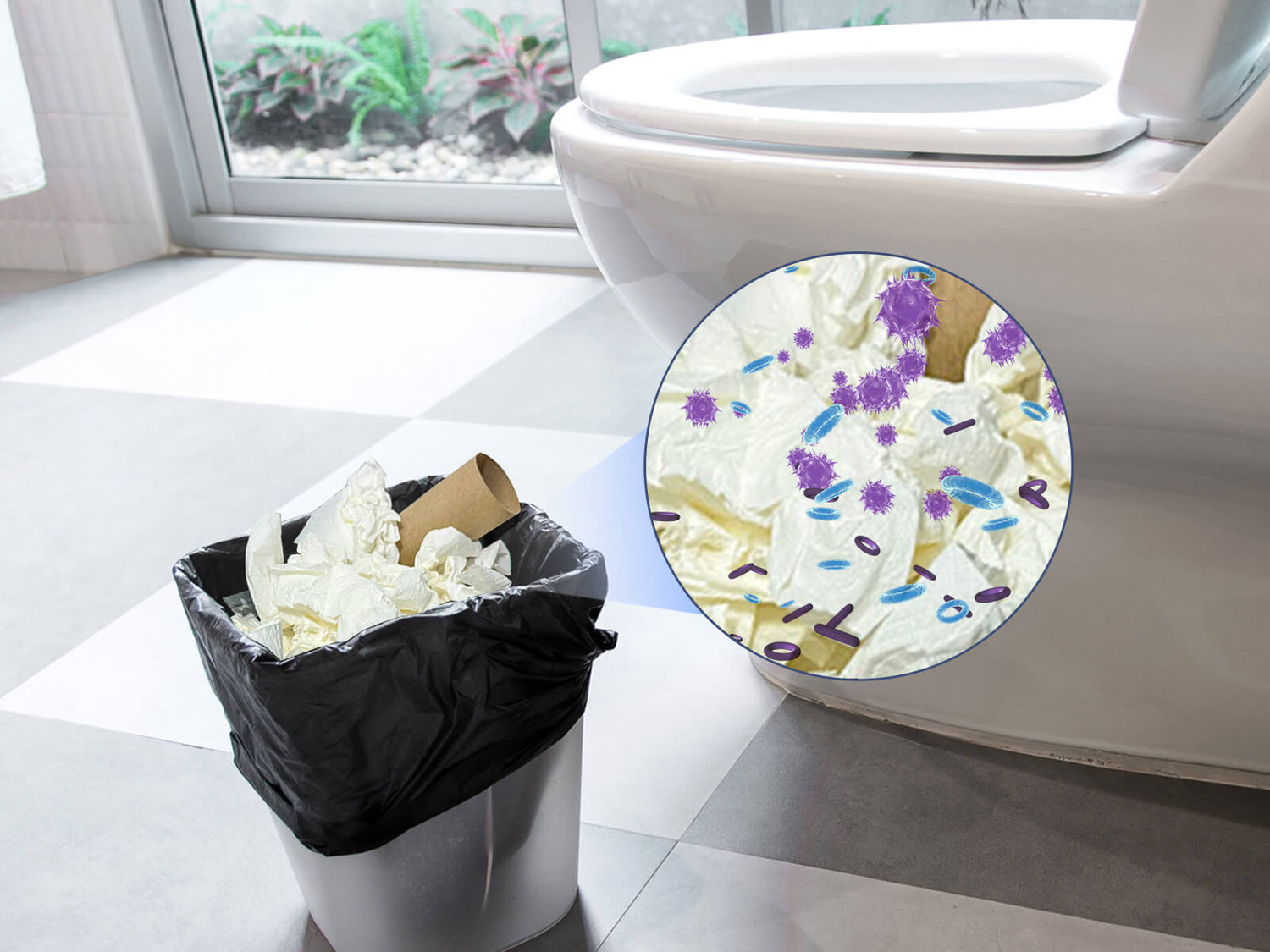
Avoid Using a Trash Bin for Toilet Paper
Some homeowners avoid flushing toilet paper, fearing it could clog the pipes, and instead place a trash bin next to the toilet. However, this is a misconception. Toilet paper softens when it comes into contact with water and won’t block the pipes. If toilet paper is left uncollected for too long, it can become a breeding ground for bacteria, which is a bigger health risk.
The correct approach is to flush toilet paper along with waste. For those renovating their bathrooms, installing a smart toilet (like T305) with a bidet function is an excellent solution, as it eliminates the need for toilet paper altogether and reduces the risk of bacteria buildup.
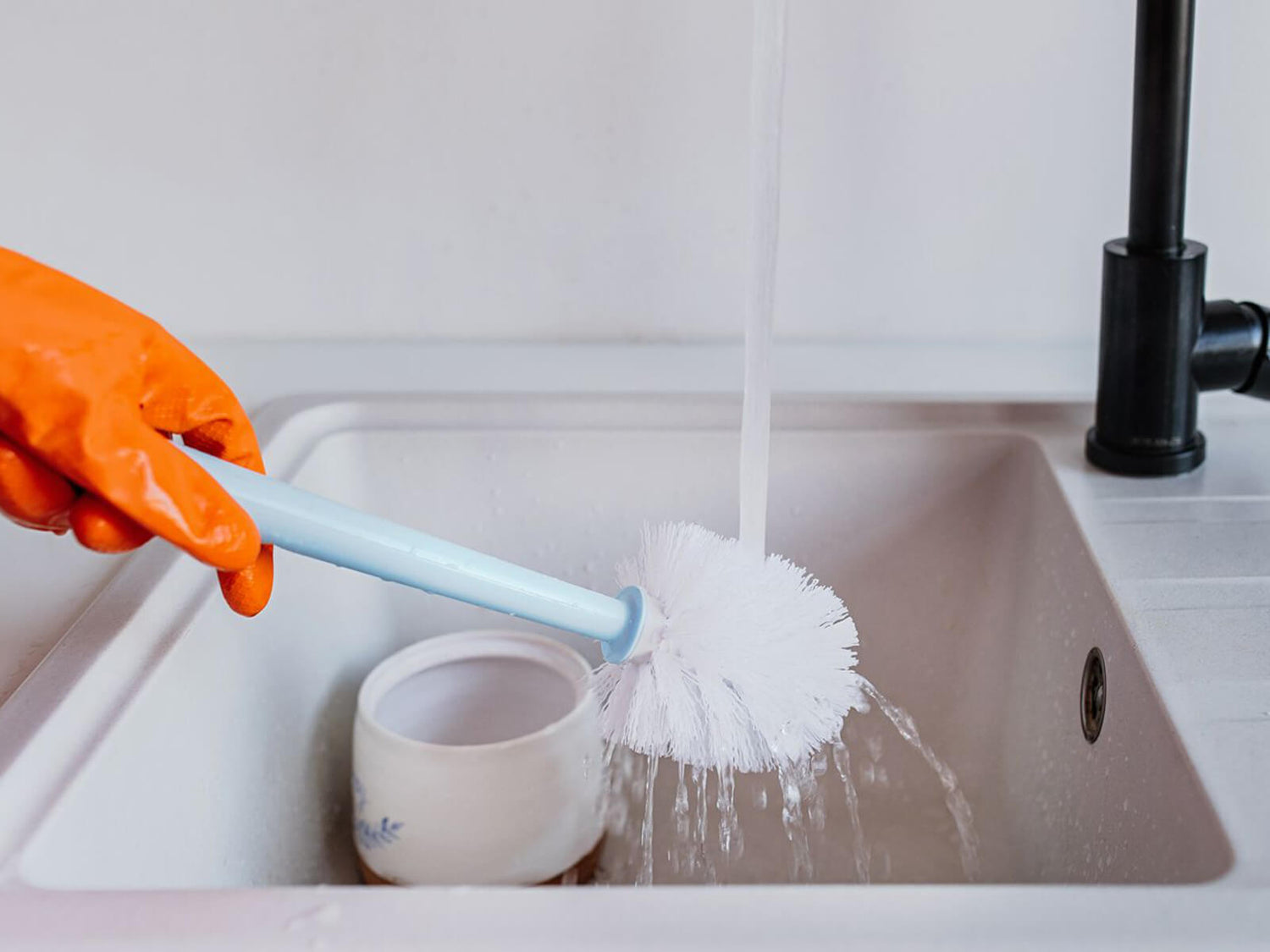
Regular Cleaning is Essential
Even though we are all accustomed to flushing the toilet after each use, there are times when the toilet may not be completely cleaned. If you notice residue after flushing, it’s important to promptly clean the bowl with a toilet brush to prevent dirt buildup and limescale formation, which can become a breeding ground for bacteria.
The toilet brush is often overlooked in terms of hygiene. After each use, the brush inevitably picks up bacteria and waste. Some people neglect to clean the brush afterward and leave it in a corner, which is unhygienic. The best practice is to immediately clean the brush, hang it to dry, and regularly disinfect it with a cleaning solution to ensure the bathroom remains sanitary and healthy.
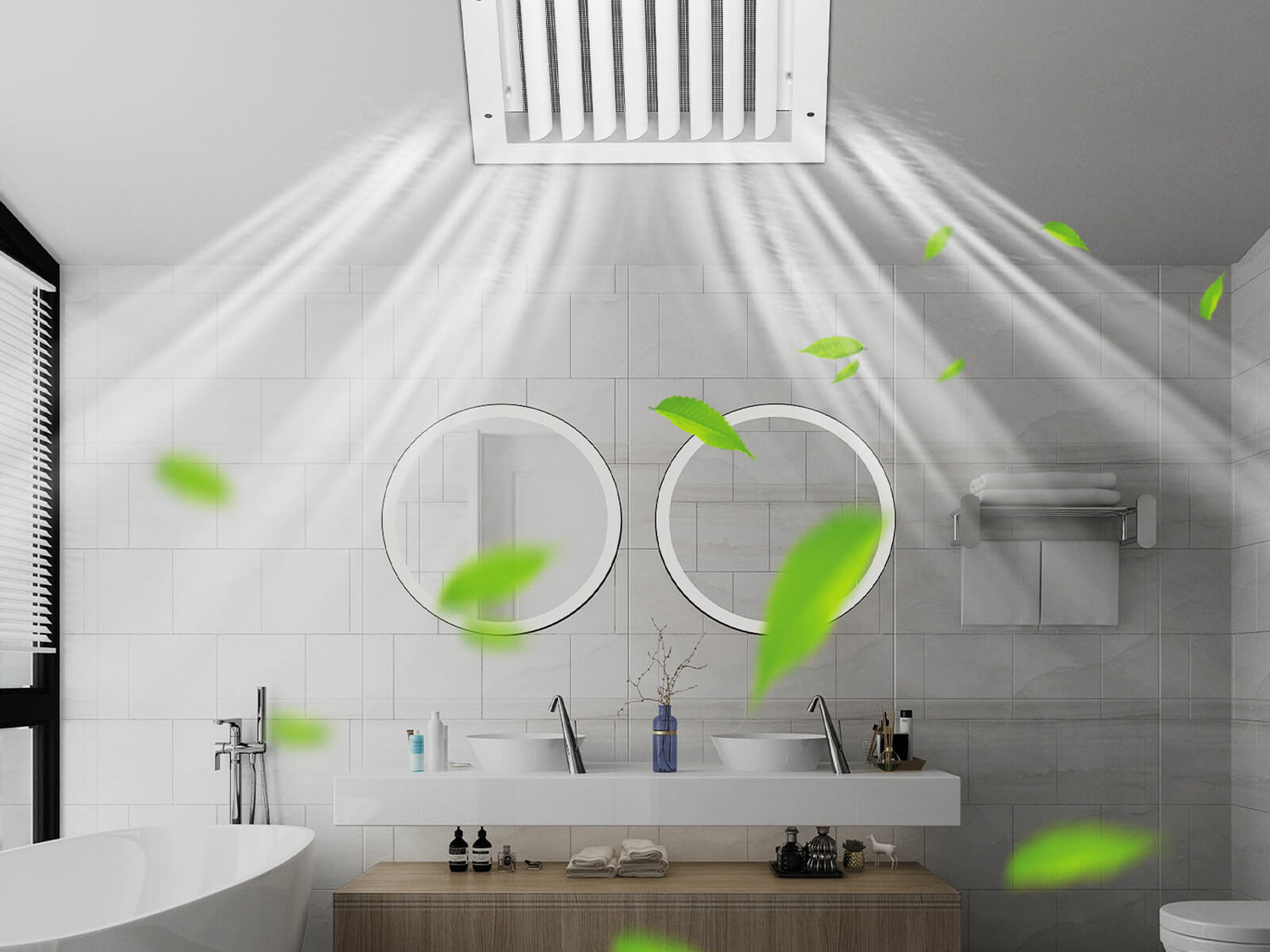
Proper Ventilation is Crucial
Bathrooms are warm and humid environments, which are ideal conditions for bacterial growth. To mitigate this risk, always ensure the bathroom is properly ventilated when not in use. After a shower, the bathroom can become saturated with moisture, so it’s recommended to run the exhaust fan for 15-20 minutes to help maintain a dry environment.
These measures are essential to prevent bacteria growth and the accumulation of moisture on bathroom surfaces. Additionally, consider storing personal items in appropriate storage areas to keep them dry and free from contamination.
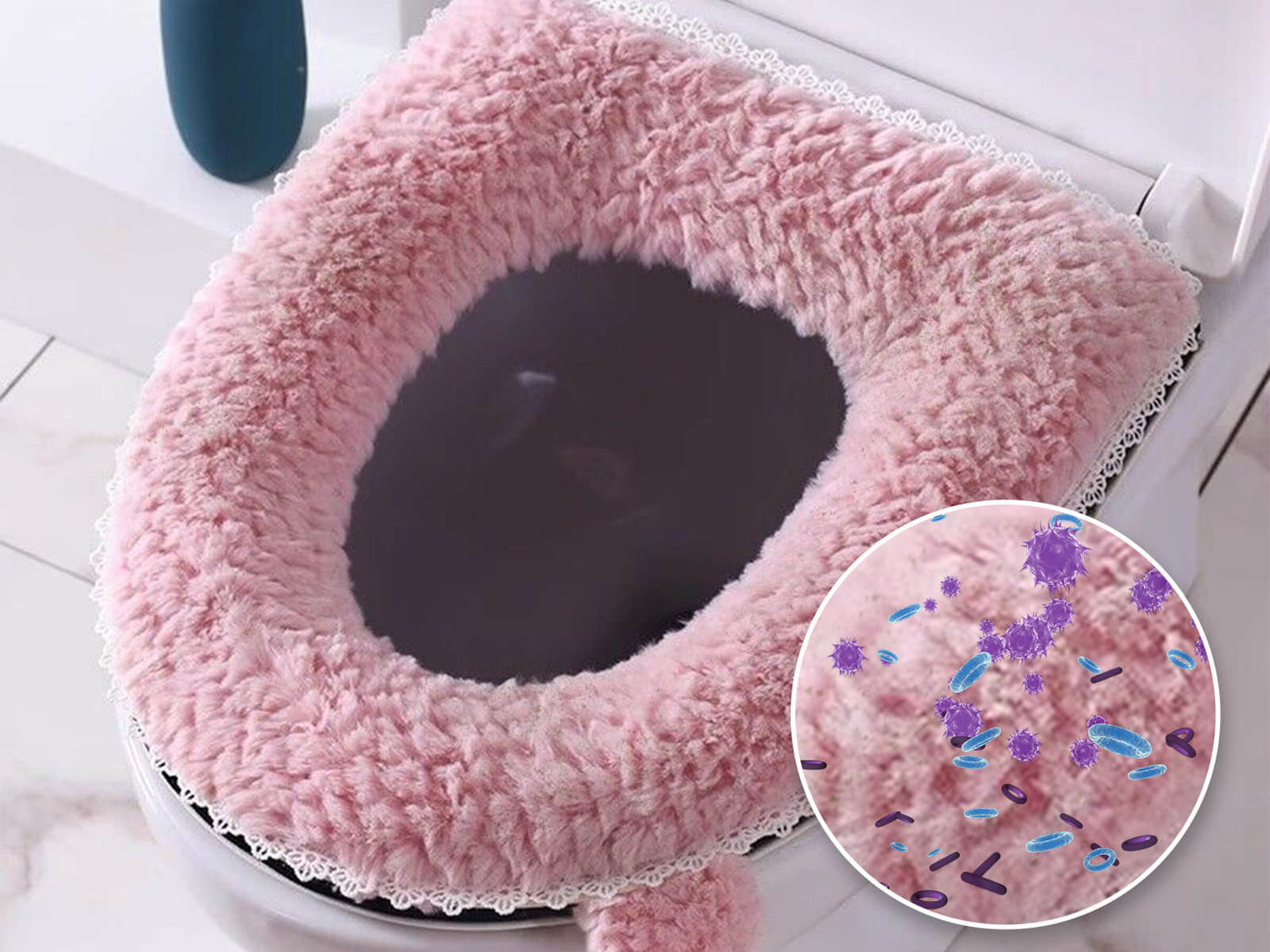
Avoid Using Fabric Toilet Seat Covers
Especially during winter, some homeowners like to use fabric toilet seat covers to keep warm. However, these covers can easily absorb waste and harbor bacteria, increasing the likelihood of disease transmission. For this reason, it’s best to avoid using fabric seat covers.
Alternatively, heated toilet seats are available on the market, providing warmth at the touch of a button. Investing in a smart toilet is another excellent option, as seat heating is a basic feature of most models.
Ending
Whether or not to close the toilet lid when flushing is not a simple answer. The key lies in understanding the flushing mechanism of the toilet. For gravity-flush toilets, closing the lid can effectively reduce water splashes and prevent bacteria from spreading through droplets into the surrounding environment. However, for siphon-flush toilets, leaving the lid open is actually more beneficial in reducing airborne bacteria, as the siphon effect in this case can more powerfully suck away waste without allowing it to splash or disperse into the air.
More Ideas
-

The Best Shower Door Brands for 2026: Our Top Picks
Discover the best shower door brands of 2026. From premium designs to customizable options, find the perfect shower door to upgrade your bathroom style.
-
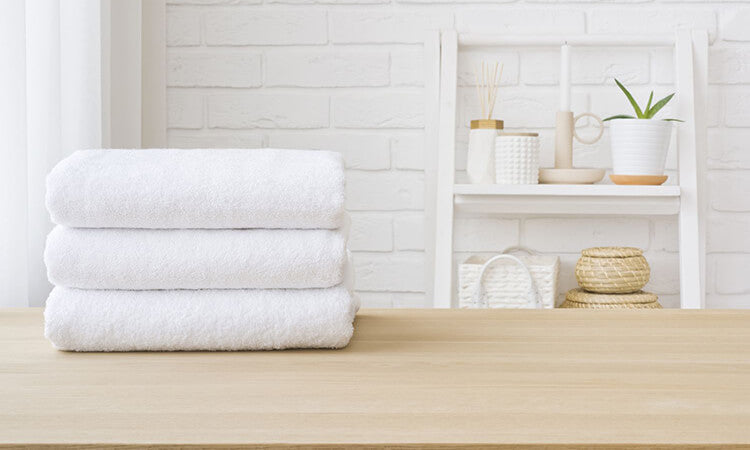
4 Ways to Dry Towels: From Natural to Quick Methods
There’s nothing better than wrapping yourself in a warm, dry towel after a shower. But when your towels stay damp, that cozy moment can turn sour fast — they feel...
-
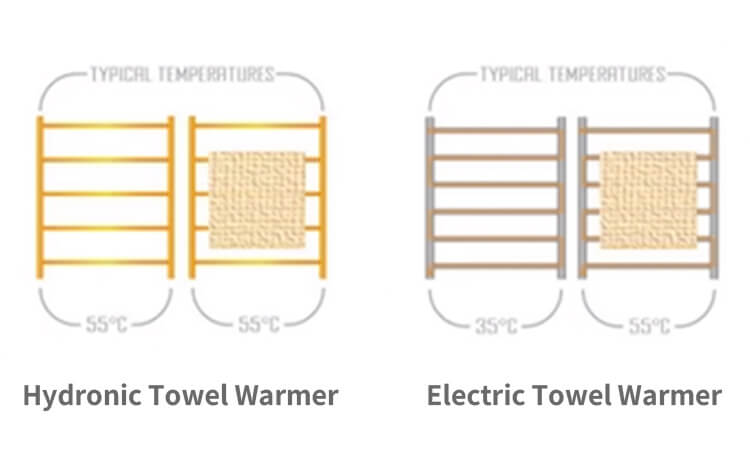
Hydronic vs. Electric Towel Warmers: 5 Key Factors Compared
People often overlook small details that seem insignificant—like whether a towel dries properly. If a towel stays damp overnight after use, it can easily develop odors and breed bacteria, which...
-
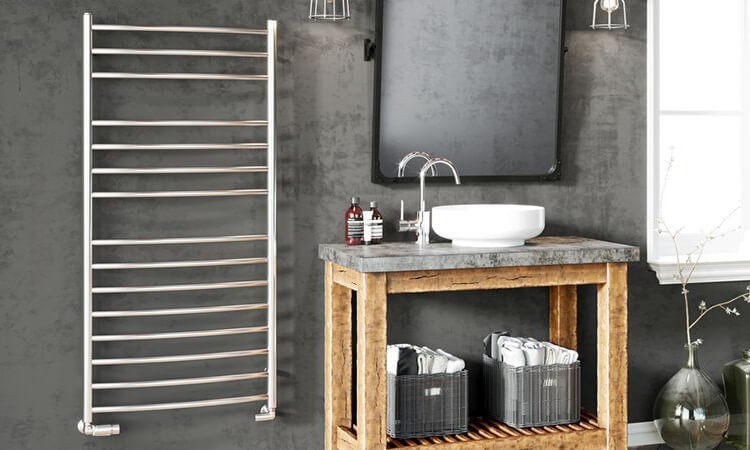
Towel Warmer Types: How to Choose the Best for Your Bathroom
Picture this: it’s a chilly winter evening, and you’ve just wrapped up a long, draining day at work. You step into your bathroom, reach for a towel—and it’s warm, dry,...
-
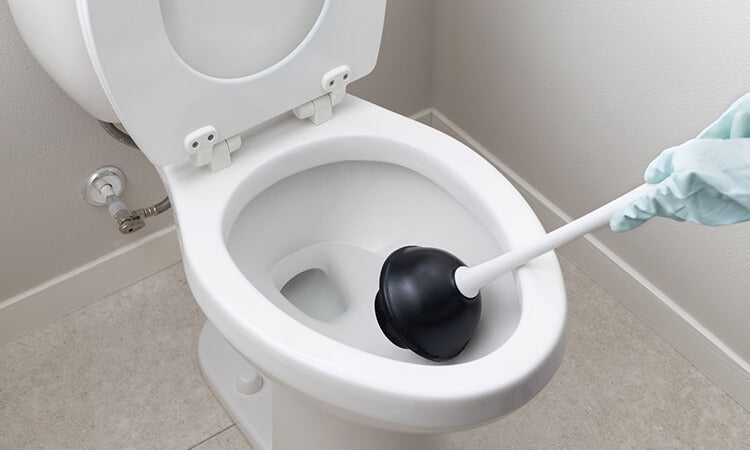
How to Unclog a Toilet with a Plunger
A clogged toilet can feel like a household emergency — whether caused by too much toilet paper, hair, or unexpected objects falling in. Many people immediately think of calling a...
-

A Brief History of the Flush Toilet
The flush toilet we use every day may seem ordinary—a simple, taken-for-granted part of modern life. Yet its story stretches back thousands of years, from ancient civilizations to early societies,...






